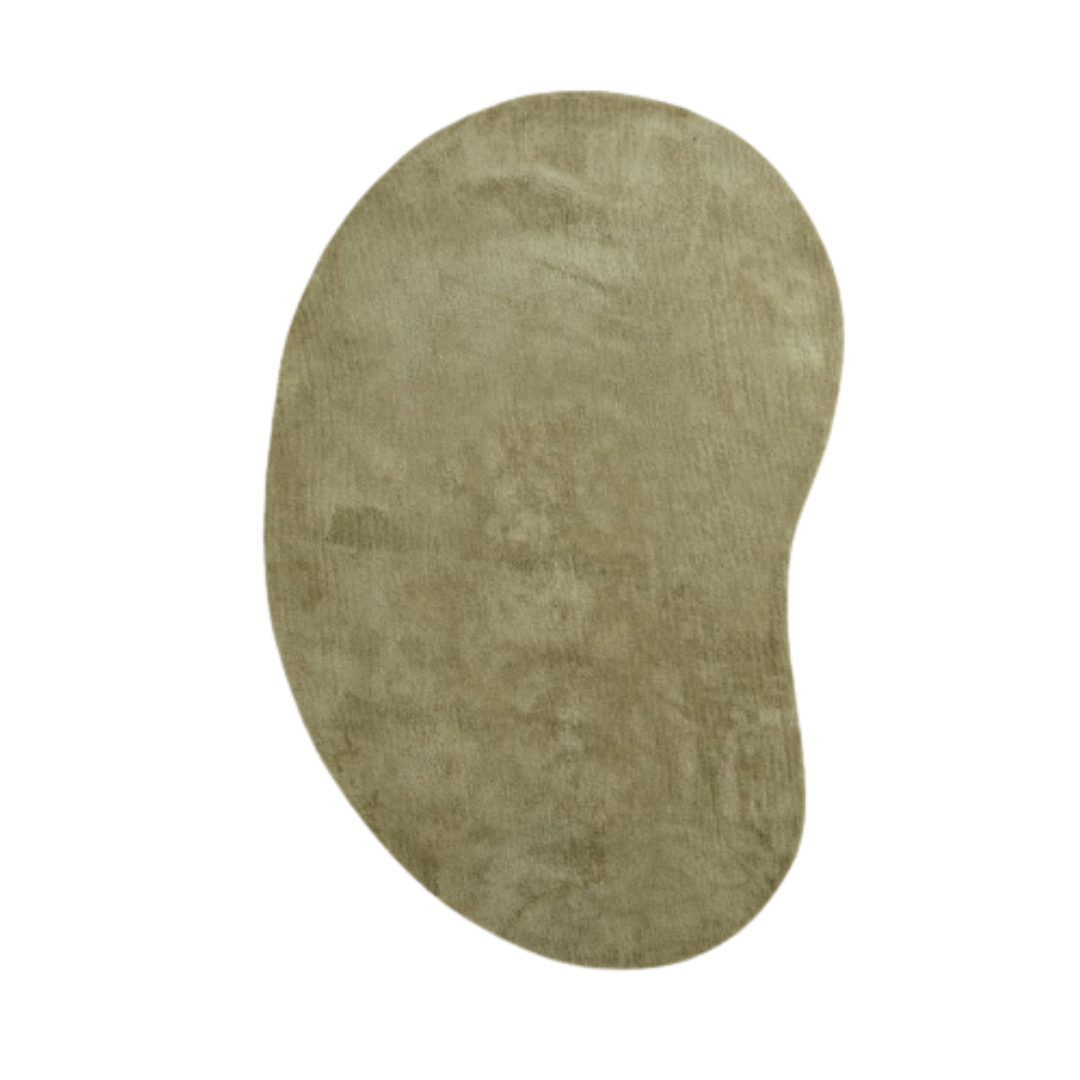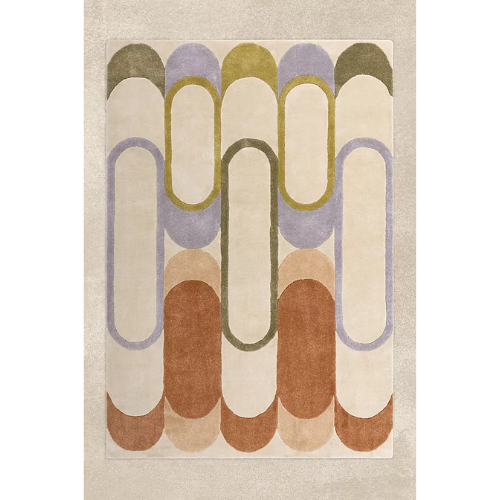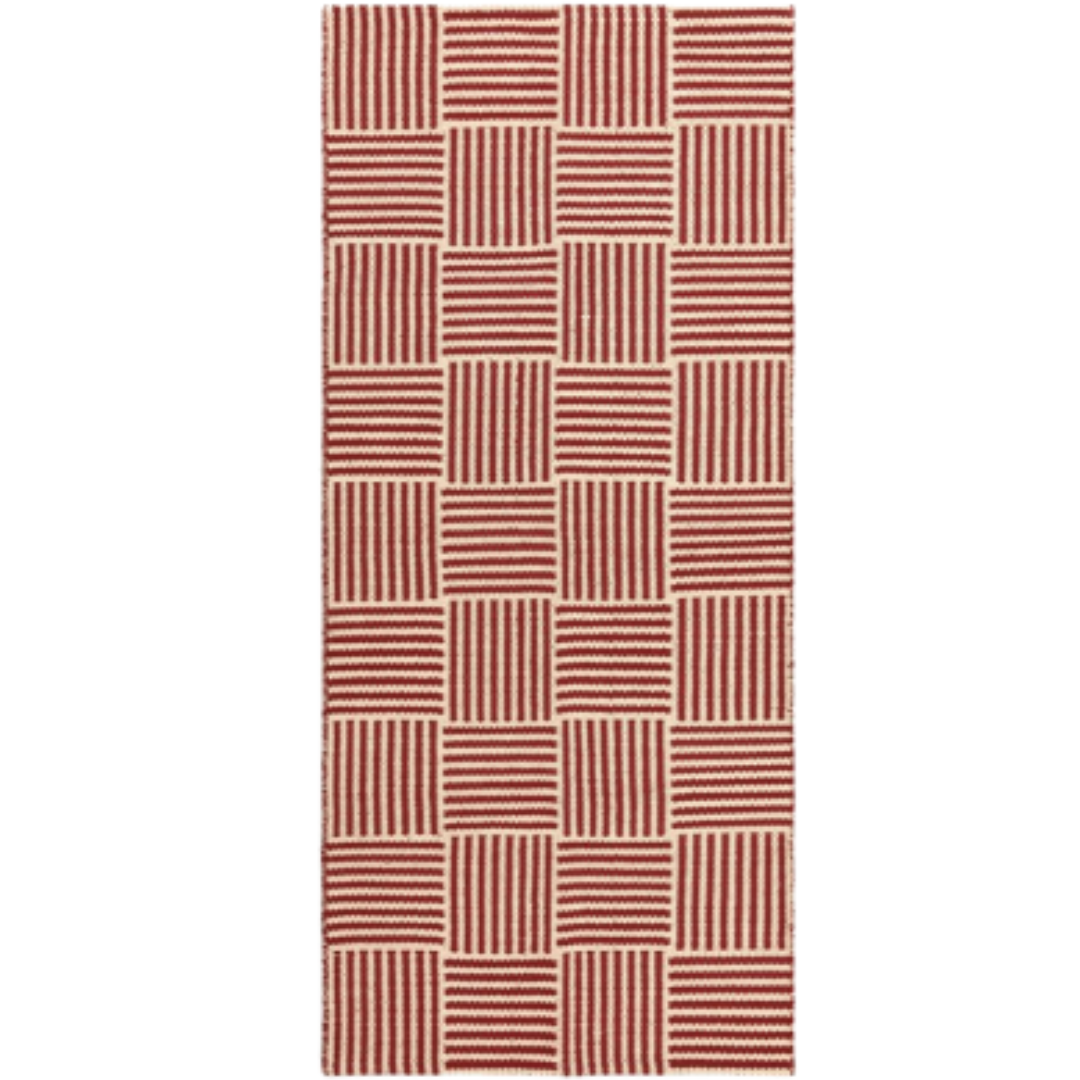3 Places You Just Have to Have a Rug, According to Feng Shui — Or Else Risk Your Home's Positive Energy
Introduce vibrant energy into different parts of the home using these easy rug tips from our experts
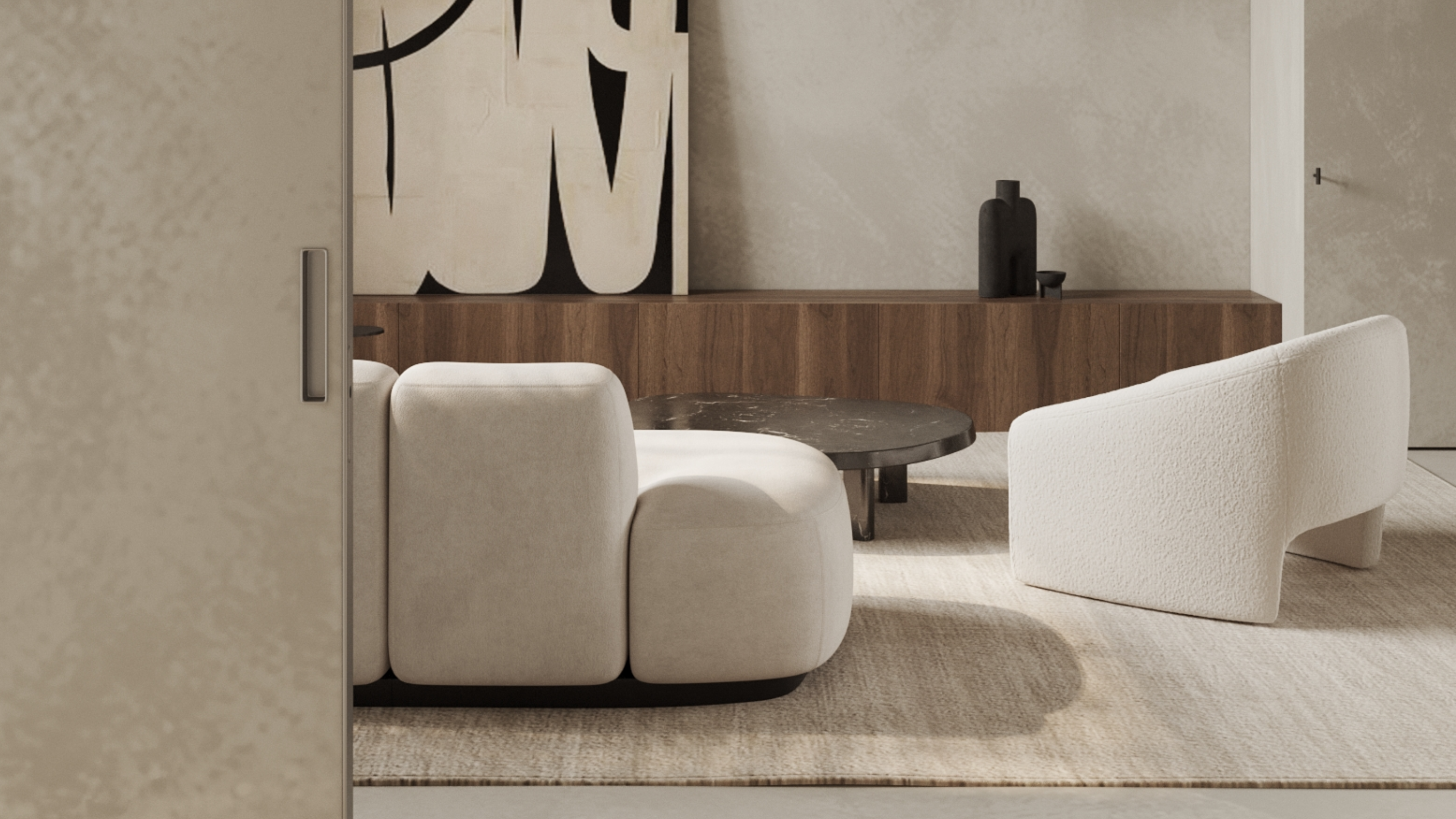
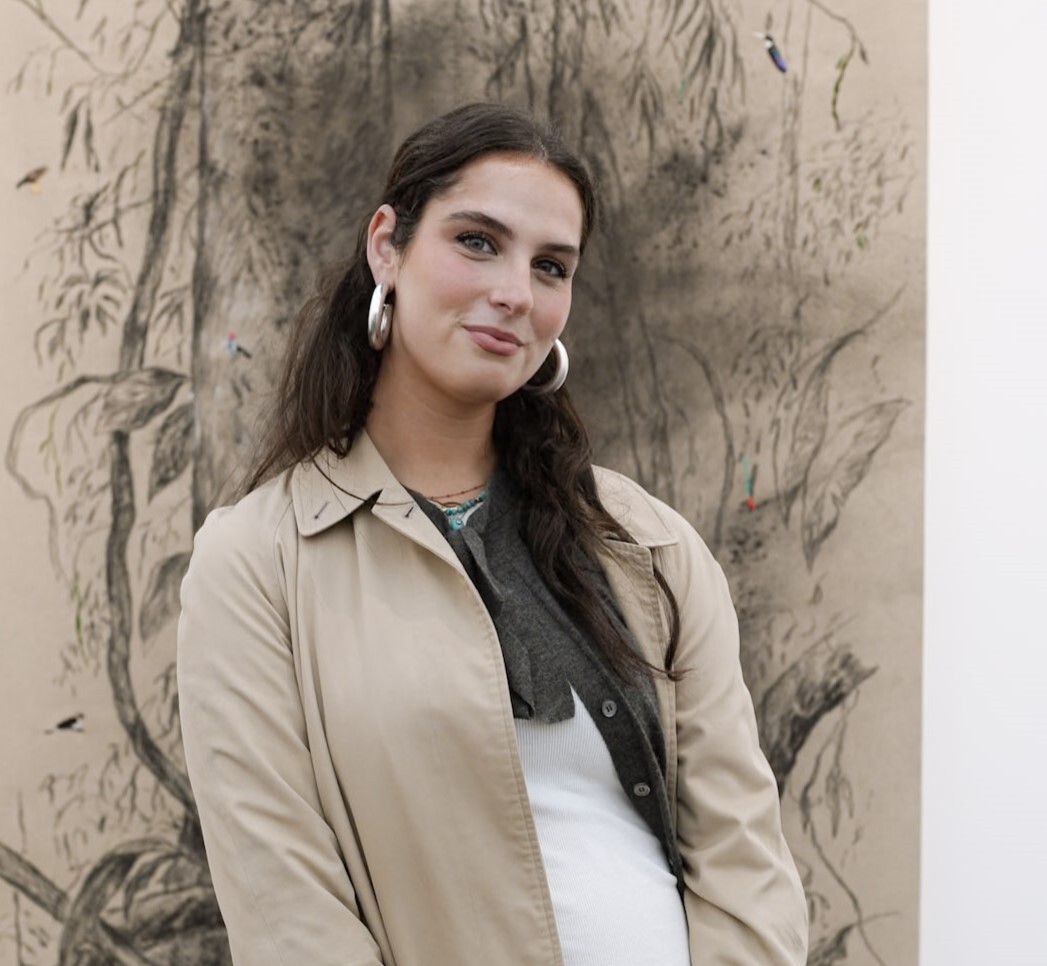
So, you’ve already moved all your furniture, bought a new house plant for every corner, and built up a crystal collection to put the Crown Jewels to shame, yet your home's energy still feels slightly… off. Turns out, where your rug sits might just be the final missing puzzle piece in achieving full Feng Shui zen in your living space.
According to our experts, the positioning of your rug can have a major impact on the Feng Shui of your home. Even more than just placement, the pattern, color, and even the texture of your floor coverings can all work to impact the flow of energy in your home. The ancient Chinese practice revolves around the belief in a universal life force known as chi. To promote and assist the flow of positive chi, and avoid any negative chi, structures and objects were oriented according to established design rules.
This positive life force is a delicate balance of complementary yin and yang energies, achieving balance in these energies is the key to Feng Shui. Beyond yin yang, Feng Shui also emphasizes the importance of balancing the five universal elements: wood, fire, earth, metal, and water. Each and every item in your home will align with one of these elements, ensuring each of these elements is equally represented in your decor is what will enable you to create this harmonious, peaceful atmosphere in the home.
To best understand the important role rugs play in Feng Shui, it is helpful to envision chi in terms of air, as per Dee Oujiri, owner of Homes that Heal. As Dee describes, you want the chi to circulate freely and saturate your home, not stagnating in corners or immediately flowing out your doors. With this in mind, rugs can act as enablers of this circular energy flow. Their softness slows the movement of chi, allowing it to linger in a space as opposed to immediately rushing through. As Dee explains, "If chi is zooming through your home like a freeway, a rug can act as a speed bump."
In Your Bedroom
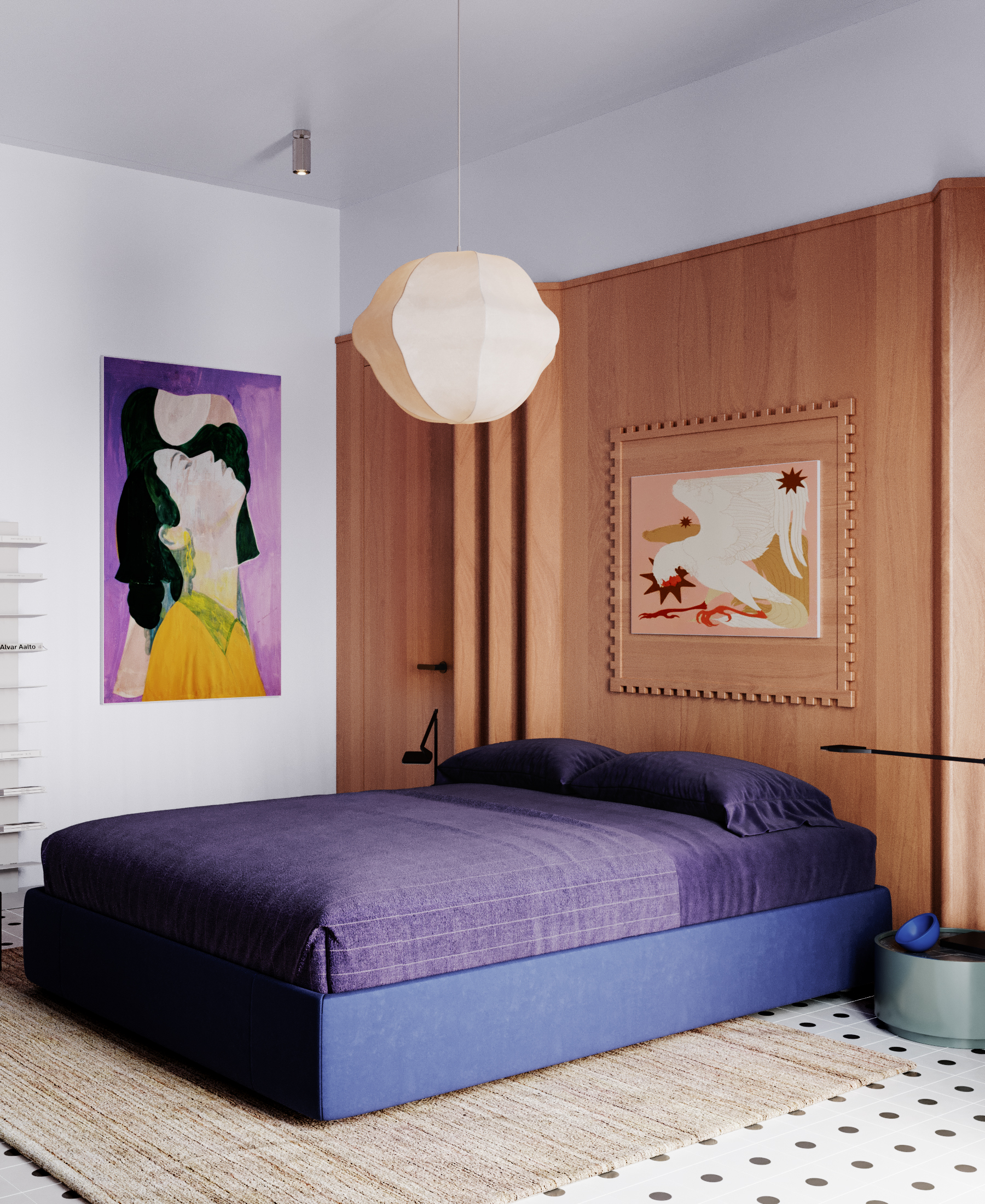
Anchor your rug beneath your bed for grounding stability.
Understanding your Feng Shui bedroom layout can be a particularly helpful tool in designing your space of slumber as it can allow you to create a space that prioritizes relaxation, peace, and rest. Anjie Cho, a Feng Shui expert and educator, says that it can be useful to have your rug placement underneath the bed as she says it helps "support your sleep and rest."
Alexandra Berhault further supports this belief, saying: "In the bedroom, position the rug under the bed, extending outwards, to provide a sense of comfort and stability."
Beyond the orientation of the rug, it is also important to consider the energy the rug you choose brings, as this will impact the balance of your space. Interior designer Gala Magrina explains: "A round plush rug is considered to be more Yin and may work well in the bedroom or bathroom, whereas a rectangular rug can provide more of a grounding feeling, especially if it’s large."
Alexandra seamlessly integrates her holistic approach to life with her professional practice, firmly believing in the alchemy of well-being through mind, body, and spirit. She trained at the International Feng Shui School in California and, and upon returning to the U.K. in 2016, became an active board member of the Feng Shui Society. While she continues to study under masters of Chinese metaphysics, she also teaches through the V&A Metaphysics School based in London. Today, Alexandra remains dedicated to sharing her wisdom with all who cross her path.
In Your Living Room
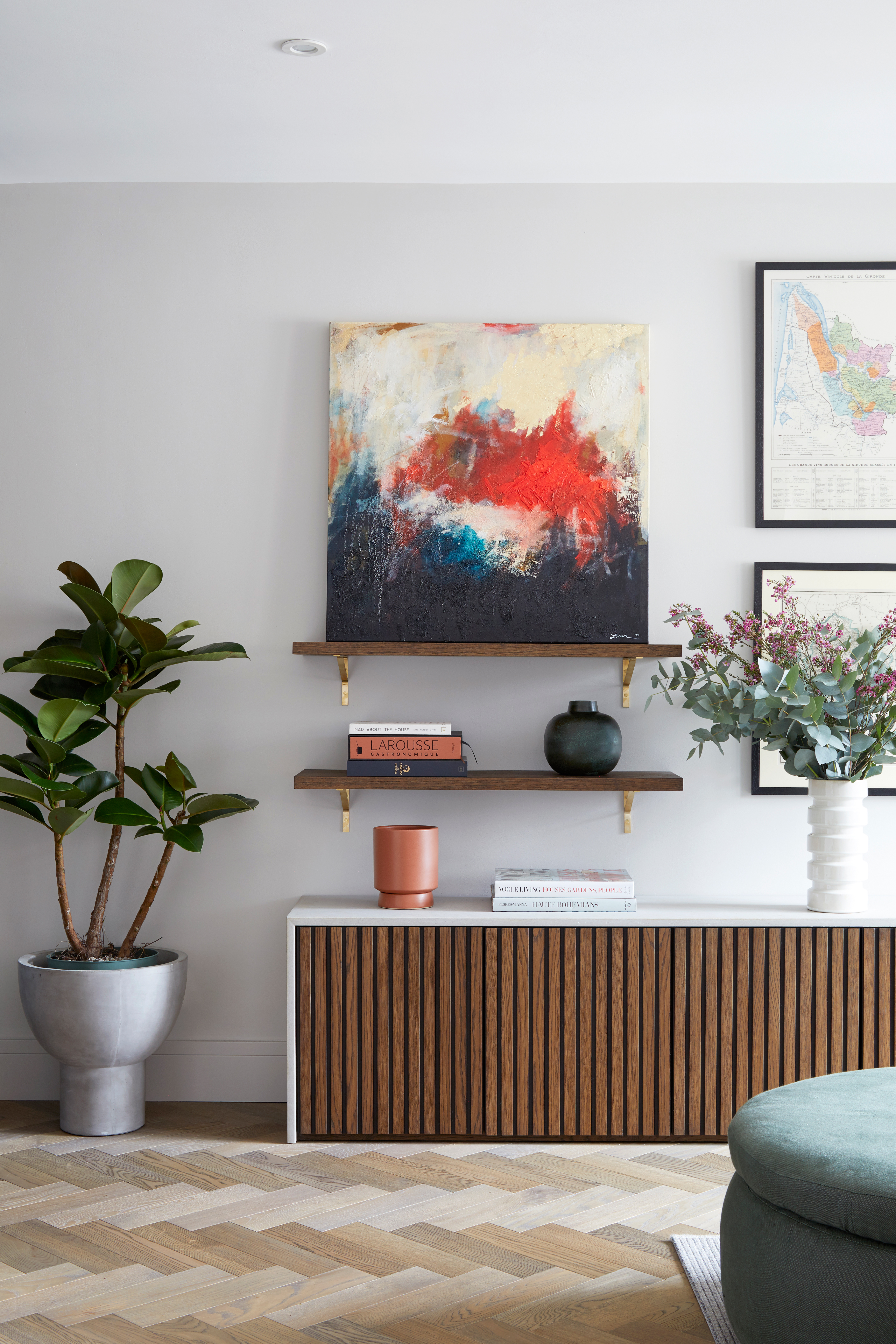
Place your rug in your living room for optimal Feng Shui and a positive flow across the room.
Much like in the bedroom, the living room is a space in which relaxation and harmony are key. However, the living room is generally a more social space than the bedroom, and this should be reflected in the room's Feng Shui.
Encouraging the growth of positive relationships is another goal of this practice and good living room Feng Shui only comes when you design a space with intention in mind. Anjie Cho recommends placing the rug "underneath the sofa and other seating in the living room, to encourage stability and harmony with all the family members in the home."
Feng Shui expert Simon Brown praises the ability to create a "softer, warmer feel" in living rooms. In order to foster this harmonious, warm atmosphere, Alexandra focuses on the importance of placing furniture upon the rug, as "they bring cohesion when all furniture rests on them." She suggests "centering the rug under a coffee table or seating area to promote harmony."
In Your Entryway
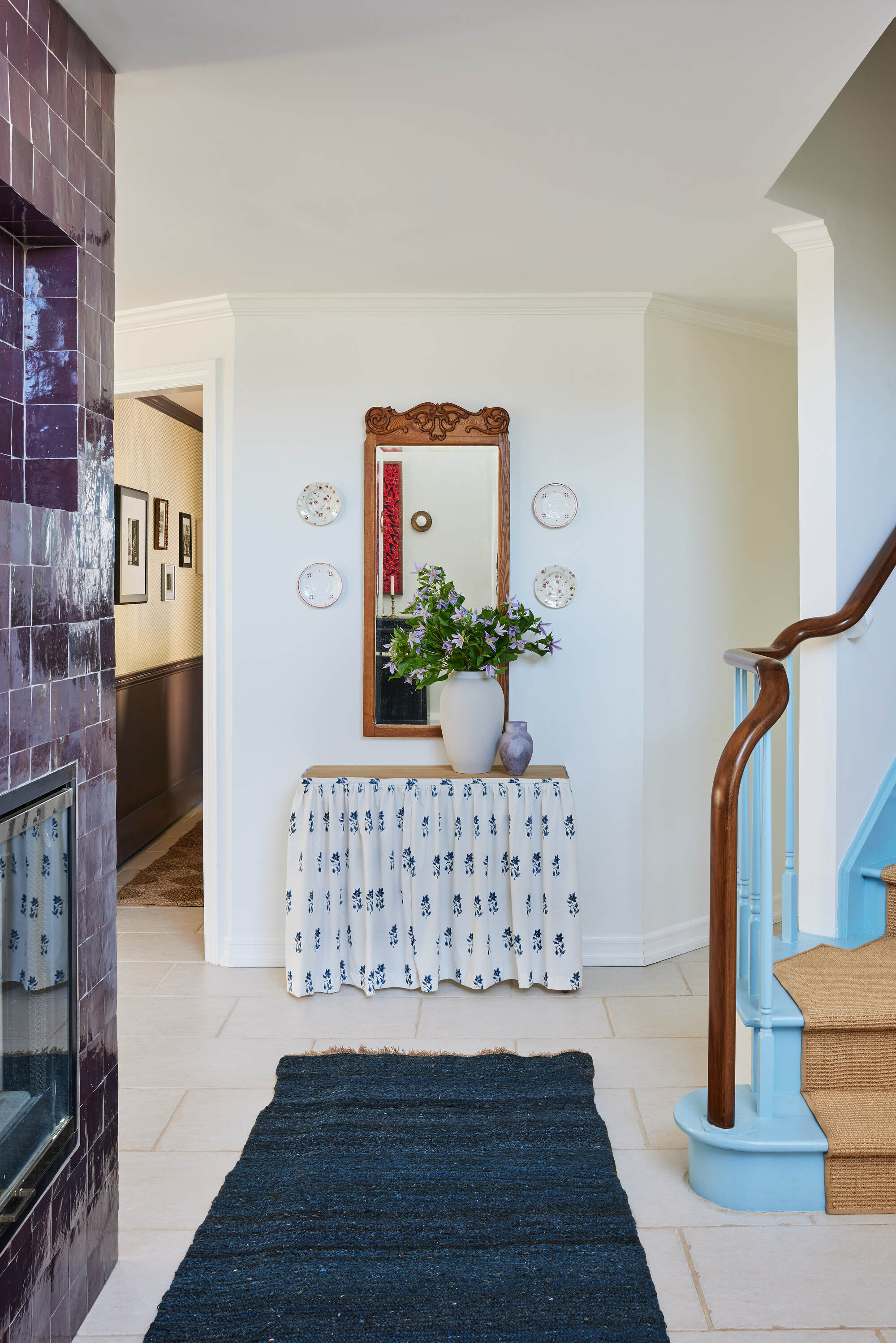
A smaller rug is best in entryways as to not overwhelm the space.
Your entryway sets the tone for the rest of your home, so creating the optimal flow of energy here should help establish good entryway Feng Shui in this space as well as the rest of your house.
Like all other guests, energy enters your home through the front door, making it an important Feng Shui hotspot. Anjie suggests bringing "a runner at the entry to invite stable and nurturing qi (life force energy) into your home from the outside world."
While the living room or bedroom are spaces that welcome large, sprawling rugs, Alexandra warns people against choosing a rug that may overwhelm their entryway. Instead, she recommends opting for a smaller rug, as these can help introduce positive chi energy without crowding your space.
Simon is a feng shui teacher and consultant. He is the author of The Feng Shui Bible, Practical Feng Shui and Feng Shui Principles. Simon provides online feng shui courses. He studied feng shui with Takashi Yoshikawa. Simon has served as the chair of the Feng Shui Society. www.chienergy.co.uk
How to Select a Rug for Good Feng Shui
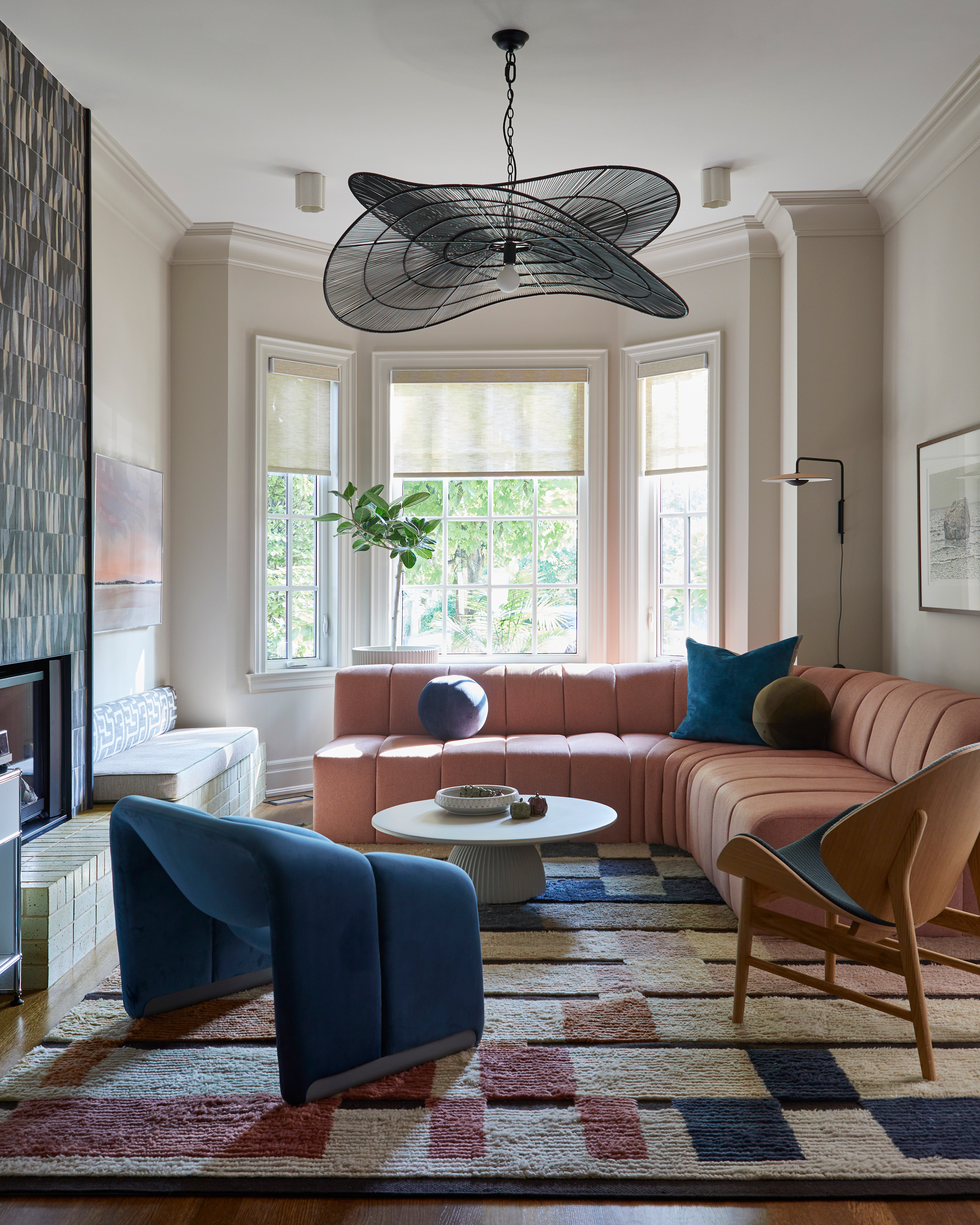
A colorful rug can change the way your home looks and feels, and when it comes to Feng Shui colors need to be chosen wisely.
One of the main ways in which the elements are represented within your home is through the colors you choose to bring into your space. While creating a balance between these five elements is the key to a harmonious room, it is also helpful to consider the tone and mood you aim to create in each room and then select colors and textures accordingly.
"Color influences our moods and even the chi of a room," says Simon, "Colors need to be chosen carefully. Look at the potential rug for a long period and note how you feel staring at one rug compared to another. In Feng Shui the human reaction to something in our home is the main focus, rather than the decor of the house." As Simon explains, color can be deeply personal, and choosing a color that evokes certain emotions within you is vastly more important than complying by established rules. Nathalie Khouri further reflects this sentiment, saying, "Color plays a major factor, probably the most important and, as mentioned, should be based on your home's own personal chart. One may have positive energy with a red rug while the same rug may cause negative energy in someone else's home."
However, there are helpful guides you can follow to understand the relationship between color and the five elements. Anjie explains that fire is represented in reds and oranges and helps promote inspiration and visibility, while earth can be found in earthy yellows and browns and helps build stability and self-care. For joy and precision, bring more of the metal element into your home, reflected in whites and silvers. Darker colors like black and charcoal are connected to the water element and bring wisdom and intuition into your home, while colors like blue and teal are of the wood element and foster growth and fresh starts.
Think About Function
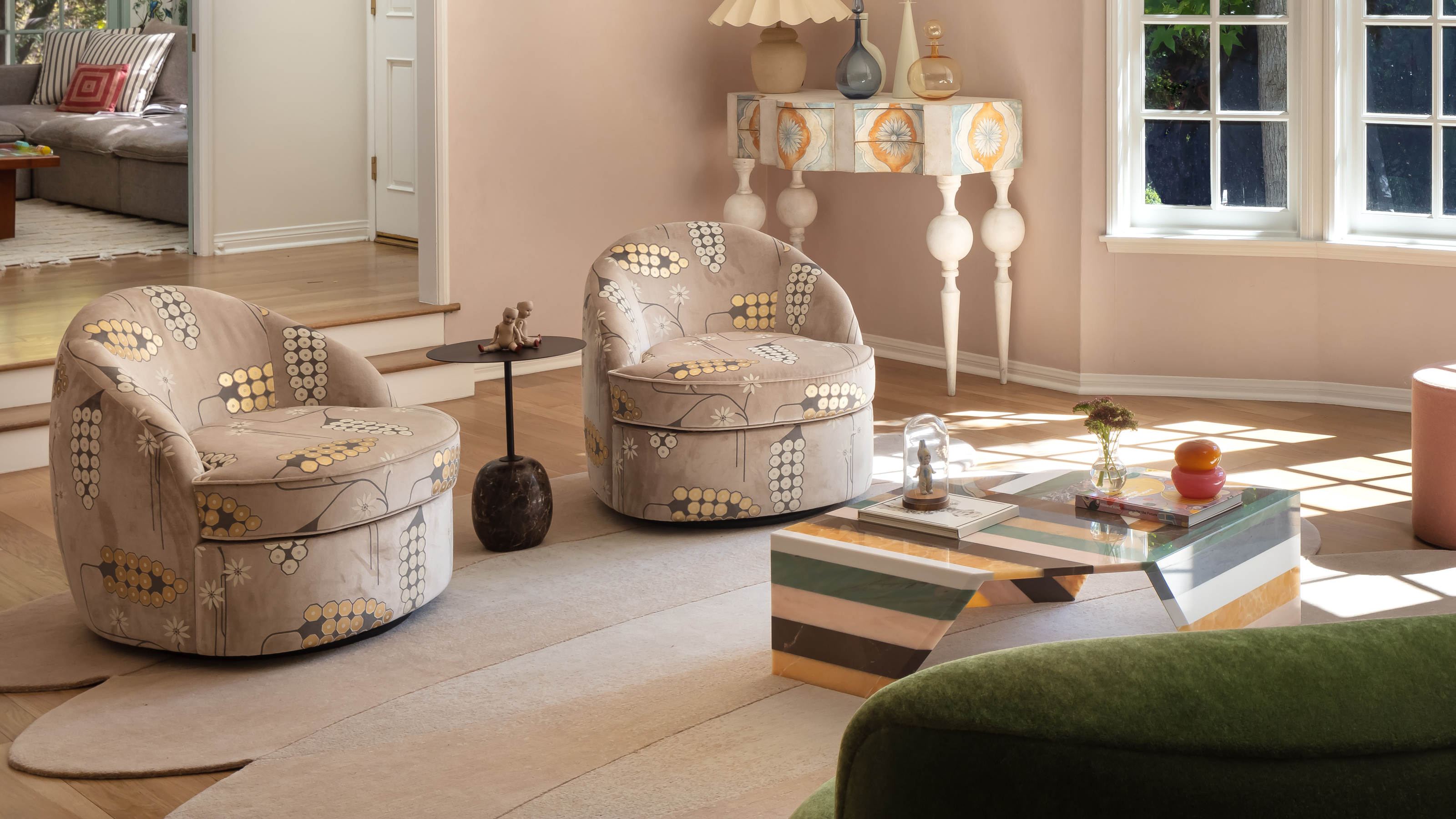
This curved rug adds depths to the space and elevates the home.
As with all design decisions, considering the atmosphere you are hoping to create within your space is the first step to choosing a rug that will support the flow of positive energy.
"If you want something more vibrant and upbeat," says Gala, "say for a home office where you need to be productive, then I would choose something with vibrant colors. If you want something to ground you and create more sanctuary and calm, I would focus on a large rectangular rug in the bedroom or living room."
Just like color impacts the rug's energetic balance, so does its shape. Gala explains this, saying, "A round plush rug is considered to be more Yin and may work well in the bedroom or bathroom, whereas a rectangular rug can provide more of a grounding feeling, especially if it’s large. A rug that is a geometric or triangle shape would be considered more Yang and bring a little more vibrant/Fire energy into the room."
FAQ
Where Should I Avoid Placing a Rug?
Items that have been soiled or somehow damaged will have the most detrimental effects on the chi energy of your home, so it’s important to avoid placing your rugs in areas where this is more likely to occur.
This means anywhere near a sink, like bathrooms or kitchens, can be riskier spots for your rug. Alexandra also recommends against placing rugs in "South-facing areas with strong Fire energy" as this may energetically overwhelm your home.
Our Favorite Rugs for Good Feng Shui
If all this rug talk has got you thinking about swapping out your worn-out floor coverings for something more energetically aligned with your home, take a look at our favorite recent rug trend; cut out rugs.
Be The First To Know
The Livingetc newsletters are your inside source for what’s shaping interiors now - and what’s next. Discover trend forecasts, smart style ideas, and curated shopping inspiration that brings design to life. Subscribe today and stay ahead of the curve.

Maya Glantz is a Design Writer at Livingetc, covering all things bathrooms and kitchens. Her background in Art History informed her love of the aesthetic world, and she believes in the importance of finding beauty in the everyday. She recently graduated from City University with a Masters Degree in Magazine Journalism, during which she gained experience writing for various publications, including the Evening Standard. A lover of mid-century style, she can be found endlessly adding to her dream home Pinterest board.
-
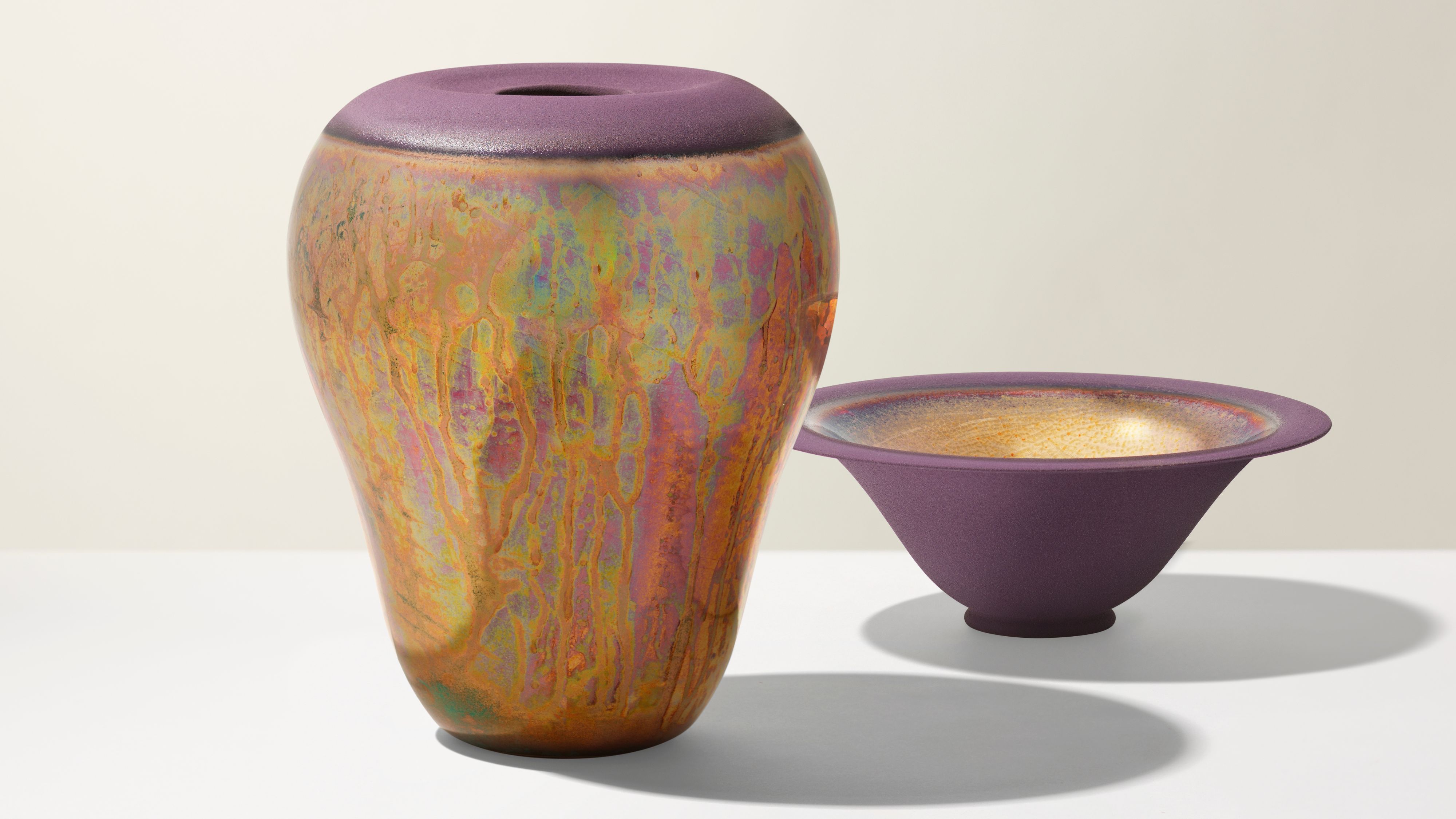 Iridescence Is Chrome’s More Playful, Hard-to-Define Cousin — And You're About to See It Everywhere
Iridescence Is Chrome’s More Playful, Hard-to-Define Cousin — And You're About to See It EverywhereThis kinetic finish signals a broader shift toward surfaces that move, shimmer, and surprise. Here's where to find it now
By Julia Demer
-
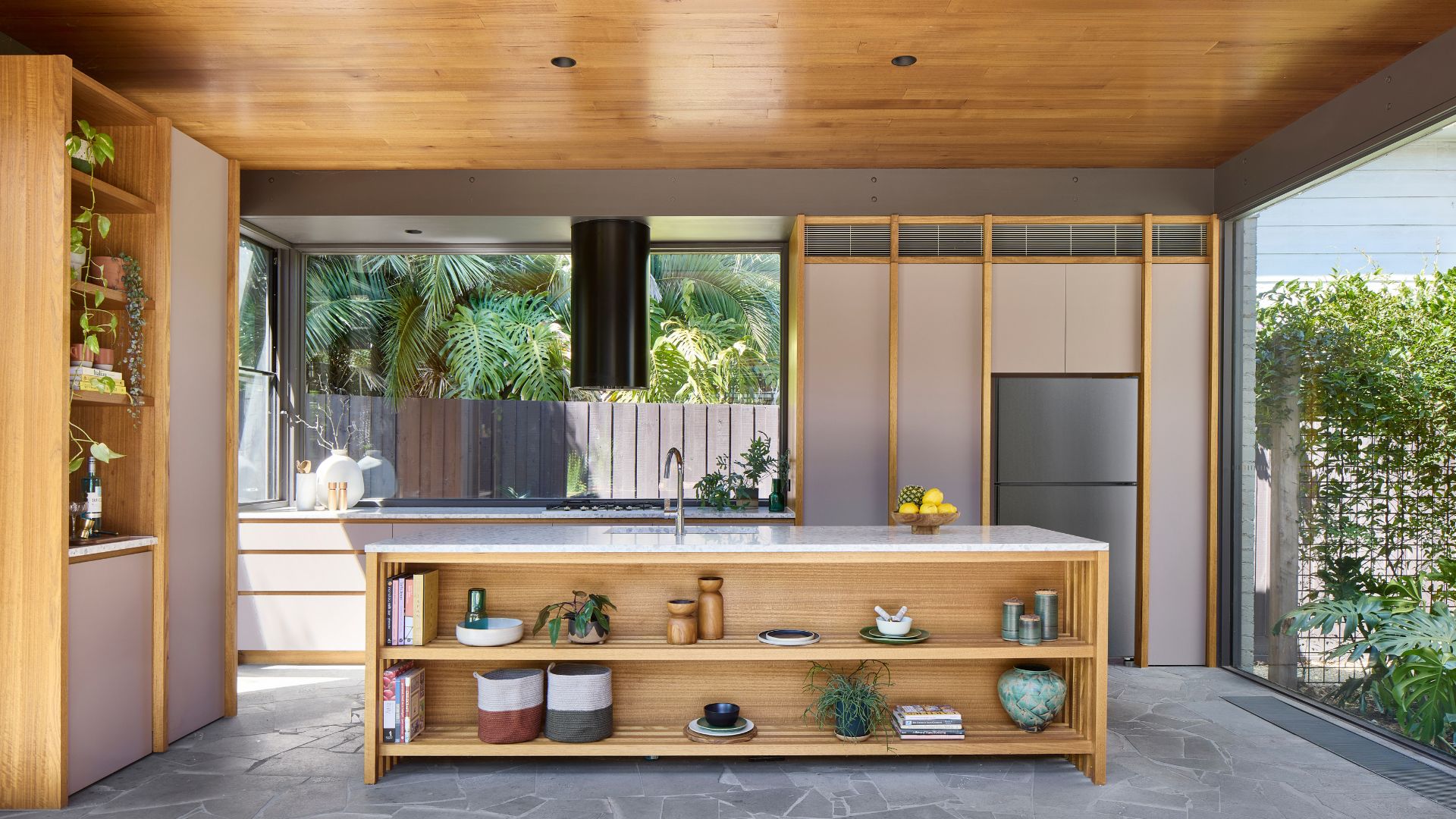 Biophilic Decluttering — What to Take Out of Your Home (and What to Put in) for a More Natural Home
Biophilic Decluttering — What to Take Out of Your Home (and What to Put in) for a More Natural HomeTry your hand at biophilic decluttering to ground your interiors, connect to the environment, and cure chronic clutter in one go. Here's how.
By Amiya Baratan
-
 Biophilic Decluttering — What to Take Out of Your Home (and What to Put in) for a More Natural Home
Biophilic Decluttering — What to Take Out of Your Home (and What to Put in) for a More Natural HomeTry your hand at biophilic decluttering to ground your interiors, connect to the environment, and cure chronic clutter in one go. Here's how.
By Amiya Baratan
-
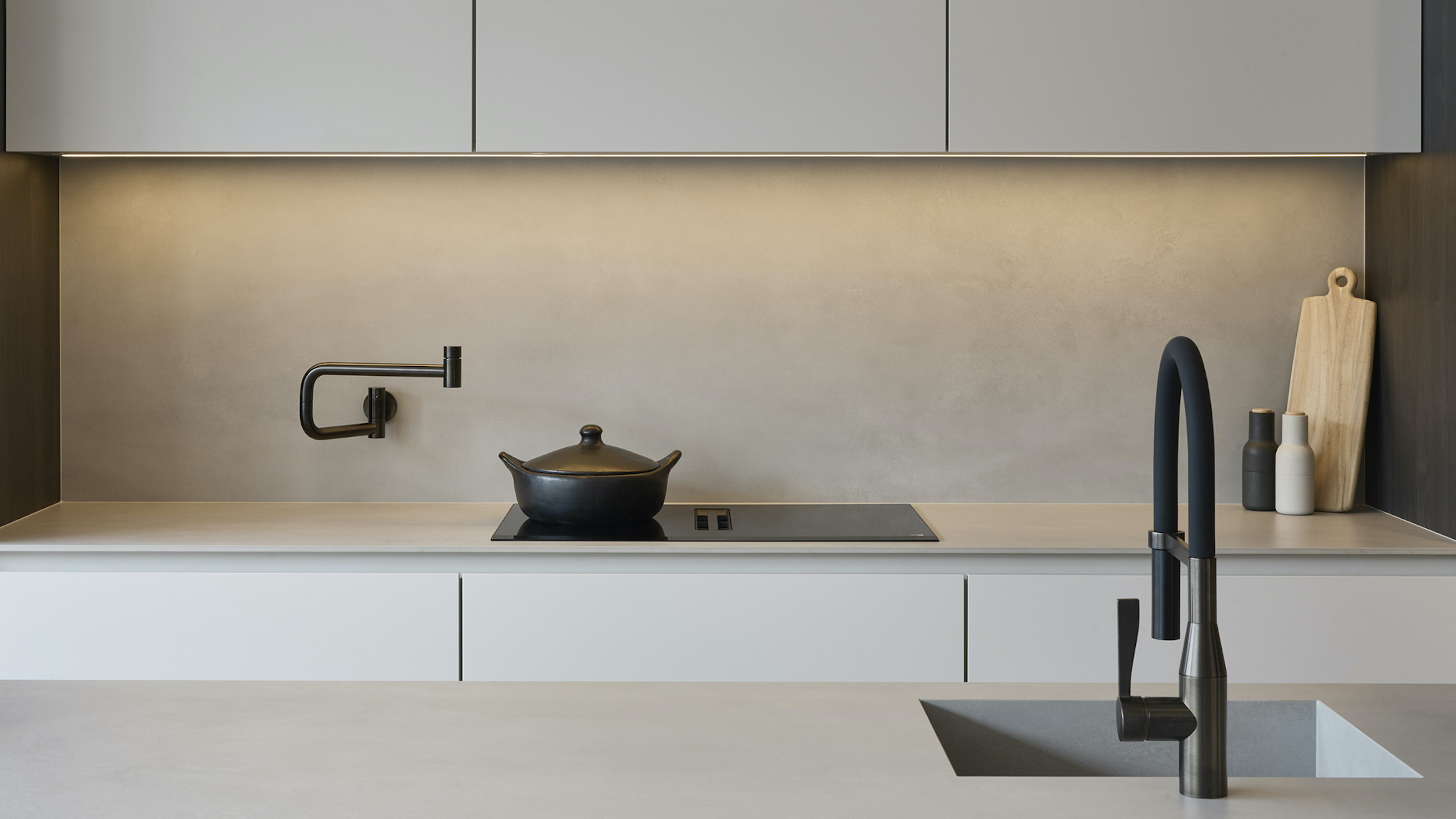 The 10 Different Types of Kitchen Taps — And the Pros and Cons of Each One to Know Before You Pick
The 10 Different Types of Kitchen Taps — And the Pros and Cons of Each One to Know Before You PickFrom sleek pull-outs to vintage bridge taps, explore 10 kitchen tap styles that mix function, flair, and a splash of cool
By Linda Clayton
-
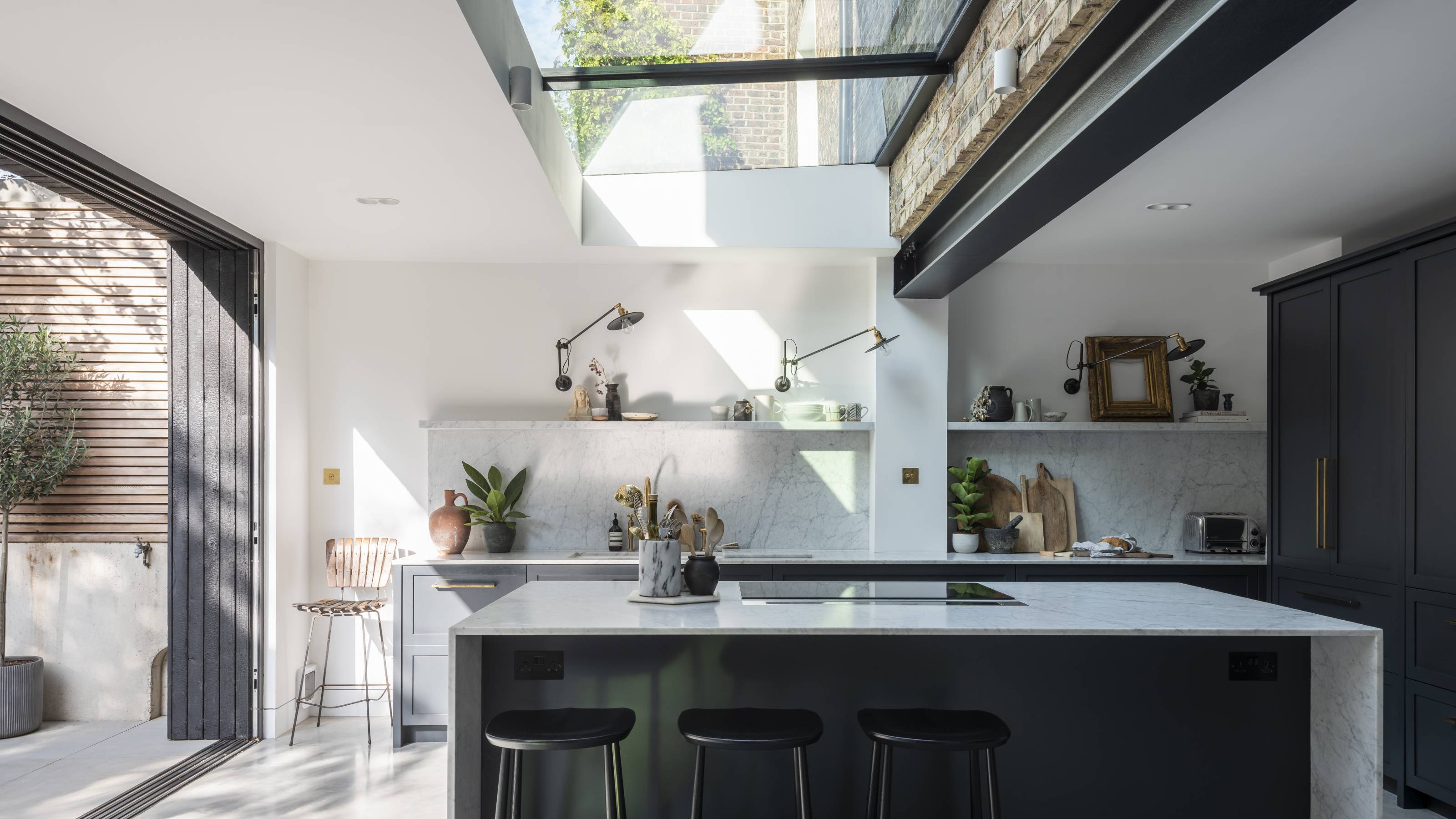 How Much Does an Extension Cost in 2025? Renovation and Design Experts Break Down Your Budget
How Much Does an Extension Cost in 2025? Renovation and Design Experts Break Down Your BudgetExplore how much different types of extensions cost in 2025 to budget for your project accurately
By Amy Reeves
-
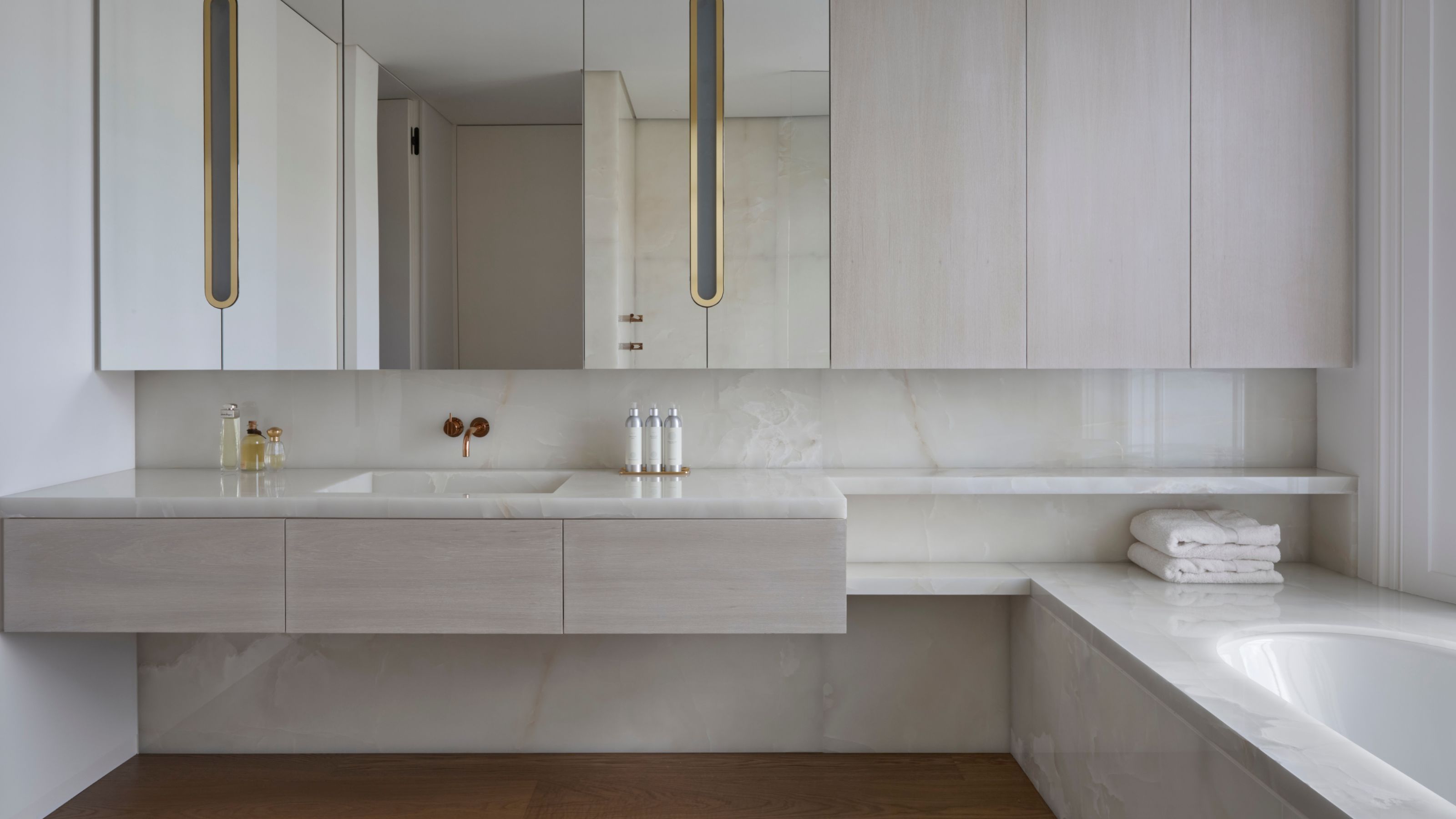 9 Bathroom Storage Mistakes You're Probably Making That Make Using This Space Much Harder — And What to Do Instead
9 Bathroom Storage Mistakes You're Probably Making That Make Using This Space Much Harder — And What to Do InsteadDiscover which mistakes are to blame for your overcrowded and cluttered bathroom
By Seraphina Kyprios
-
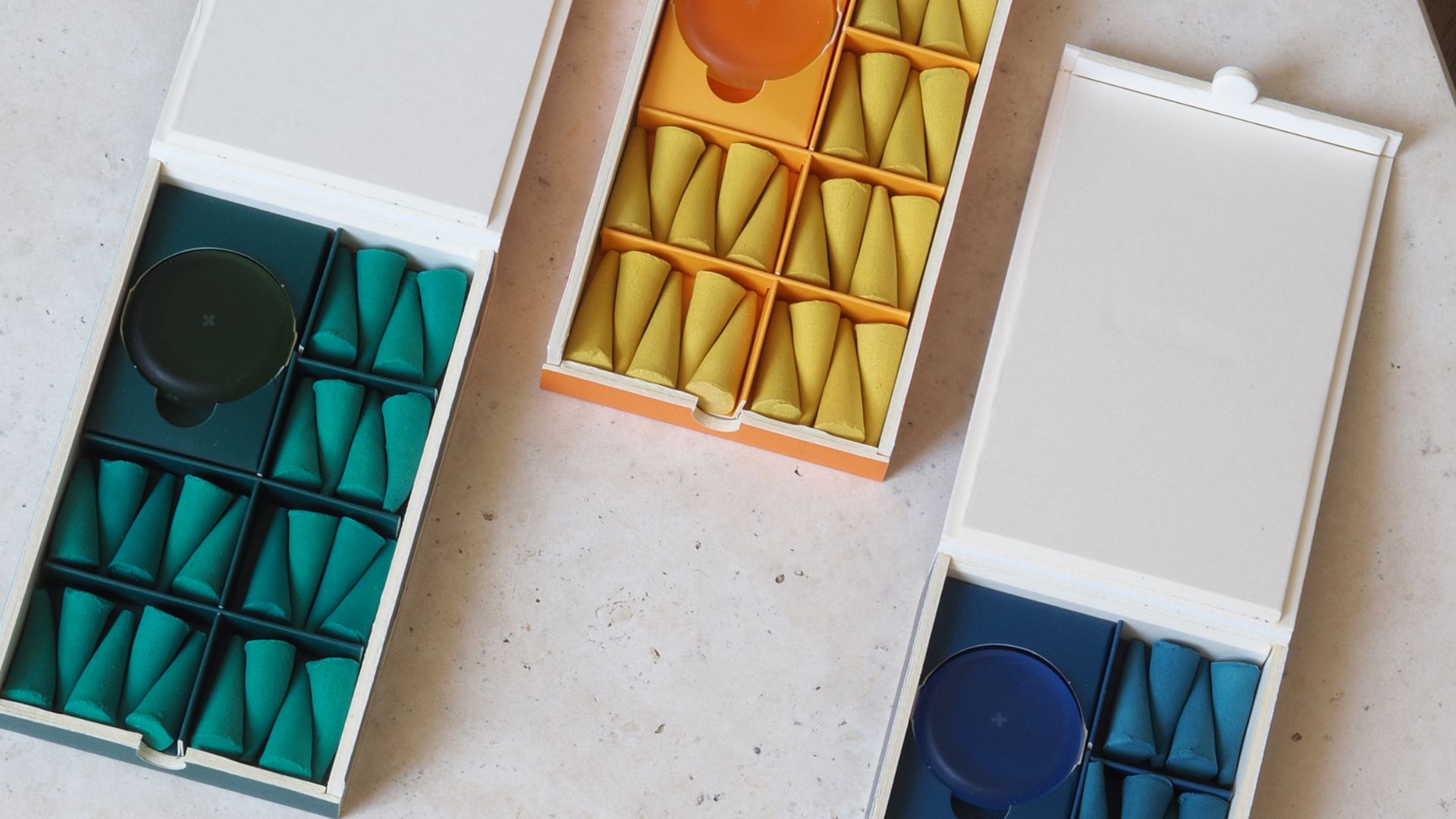 These 'Scenting Droplets' Might Be the Coolest (and Most Stylish) Way to Make Your Home Smell Amazing
These 'Scenting Droplets' Might Be the Coolest (and Most Stylish) Way to Make Your Home Smell AmazingIf you're looking to switch out your incense sticks for something more fun, then you should know about Ripple+'s incense droplets. Let me introduce you.
By Amiya Baratan
-
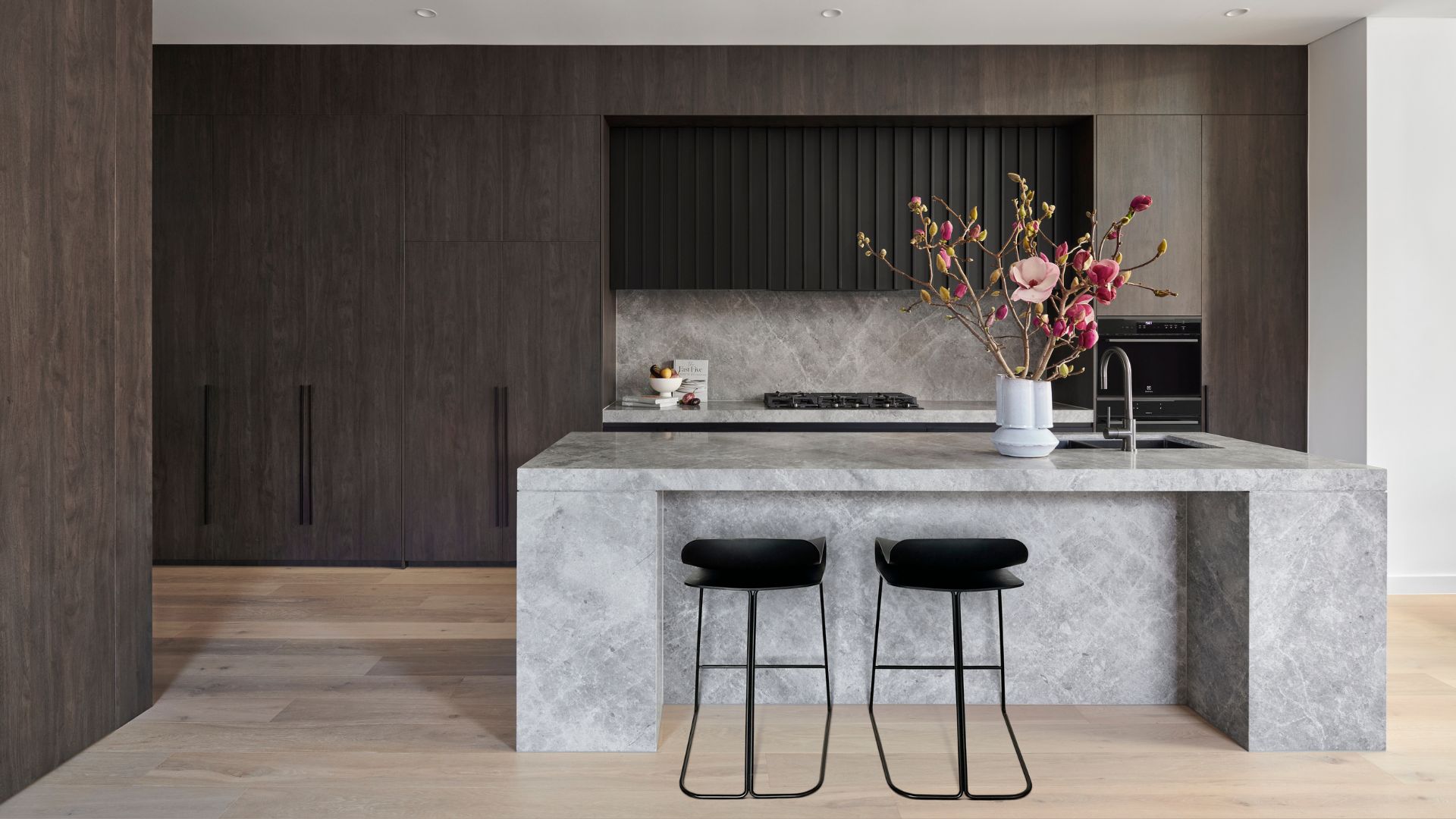 The Japanese Principle of Iki (粋) Is All About 'Refined Elegance' — Here's How to Embrace It in Your Home
The Japanese Principle of Iki (粋) Is All About 'Refined Elegance' — Here's How to Embrace It in Your HomeIf your interior vibe is all about refined elegance and opulent minimalism, you need to know about the Japanese principle of 'Iki'. Here's how to bring it home.
By Amiya Baratan
-
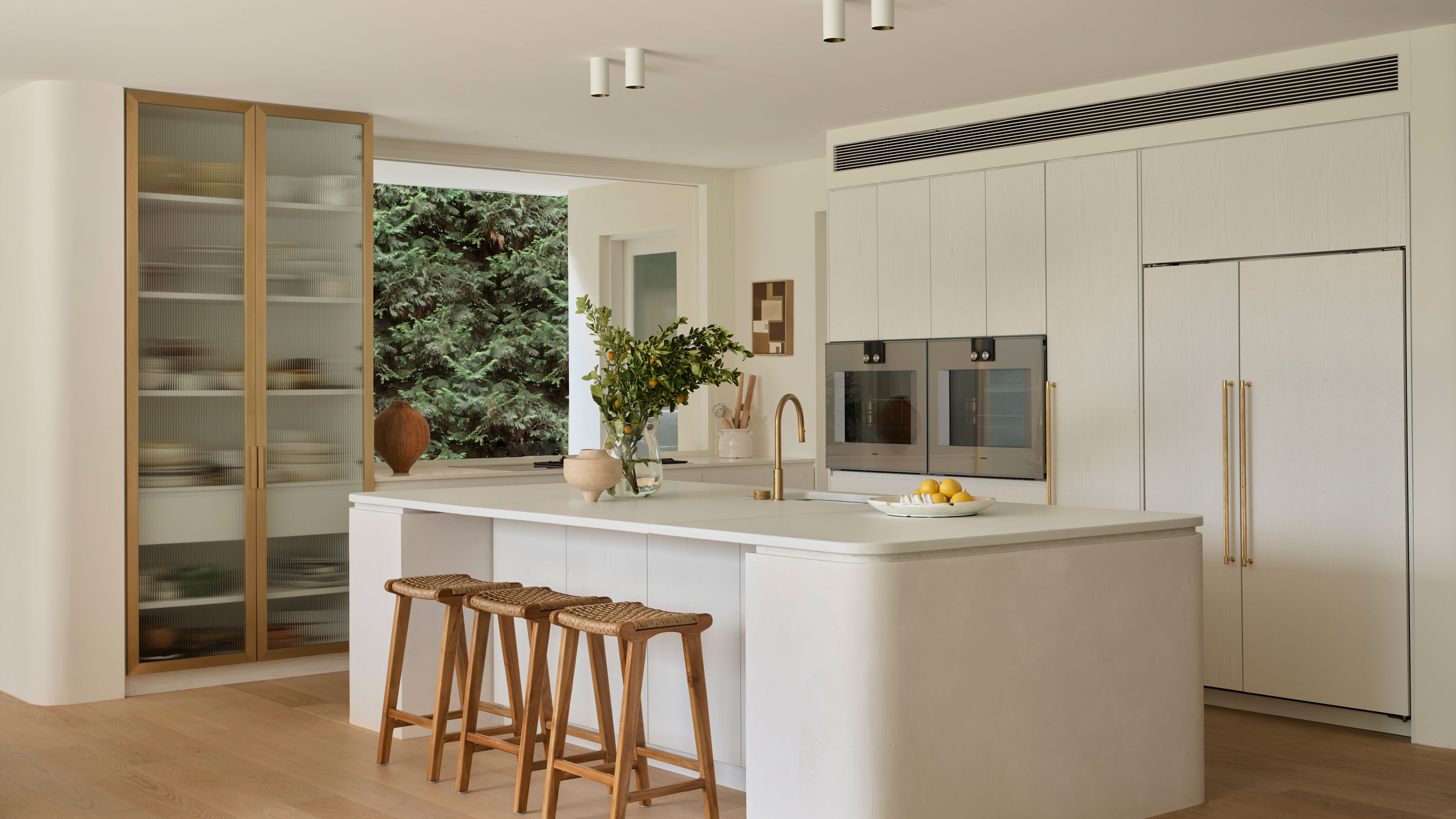 What Can I Choose Instead of Brass Taps? 4 Finishes That Are Emerging in 2025's Kitchens and Bathrooms
What Can I Choose Instead of Brass Taps? 4 Finishes That Are Emerging in 2025's Kitchens and BathroomsIf you want to try something a little different for your kitchen or bathroom finishes, these are the trending styles in taps beyond classic brass
By Seraphina Kyprios
-
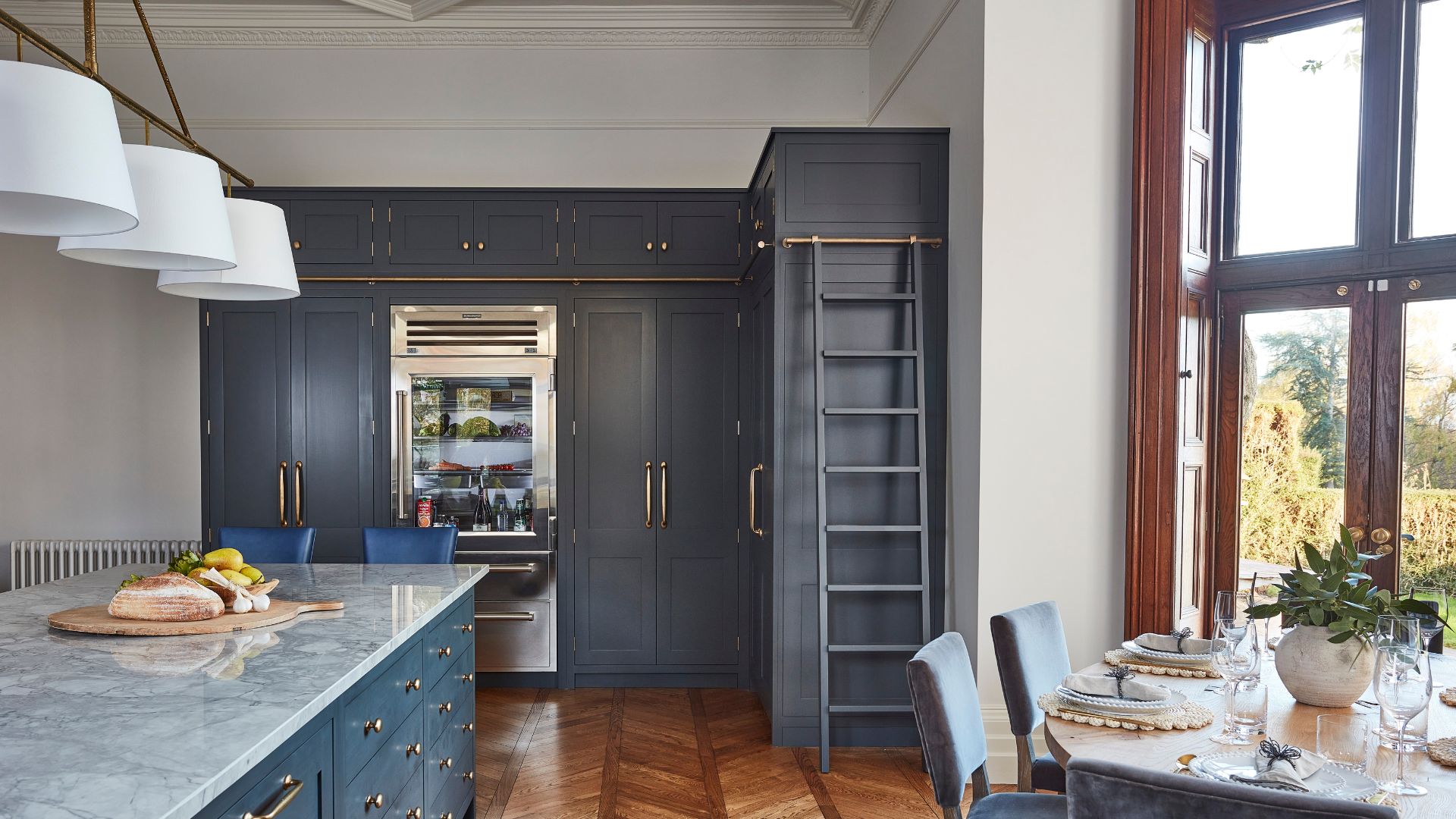 Kris Jenner’s 'All-Green' Glass Fridge Is My Organization Inspo of the Week — Here Are 5 Smart Storage Takeaways I'll Be Adopting
Kris Jenner’s 'All-Green' Glass Fridge Is My Organization Inspo of the Week — Here Are 5 Smart Storage Takeaways I'll Be AdoptingIf you're looking for fridgescaping inspiration, you might not think to look to Kris. But her all-green fridge says otherwise. Here are five tips we've learnt.
By Amiya Baratan
